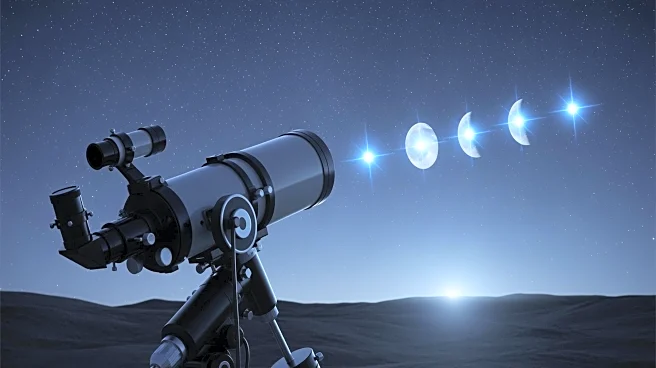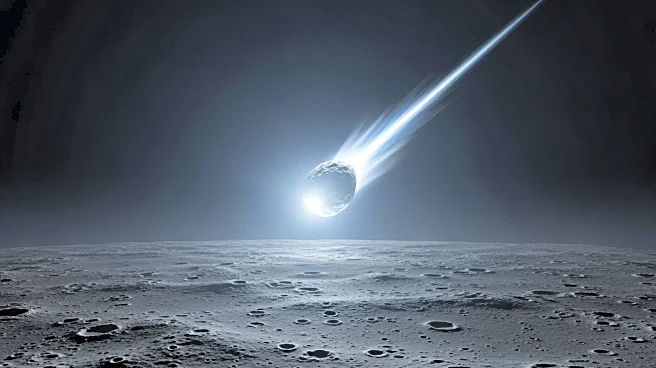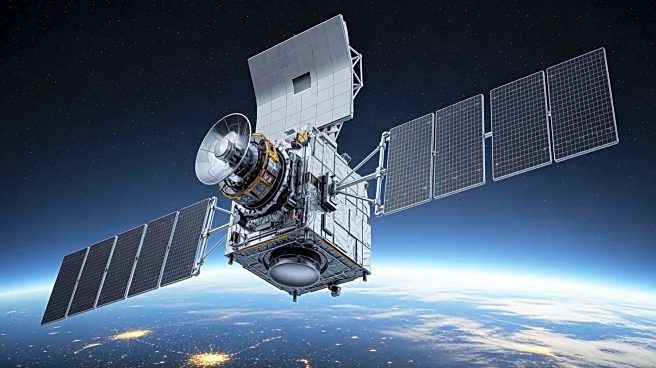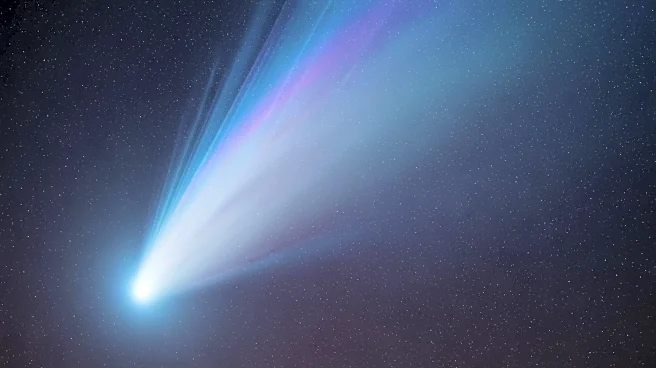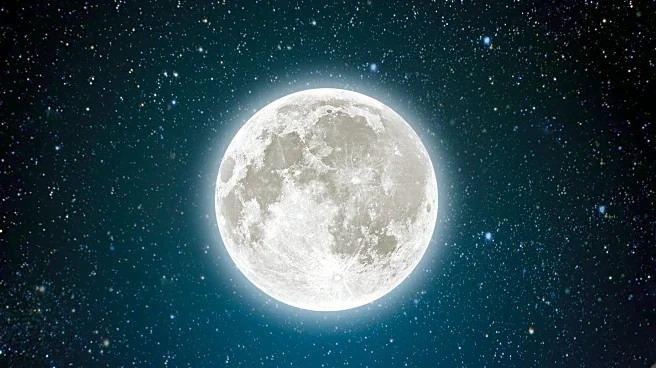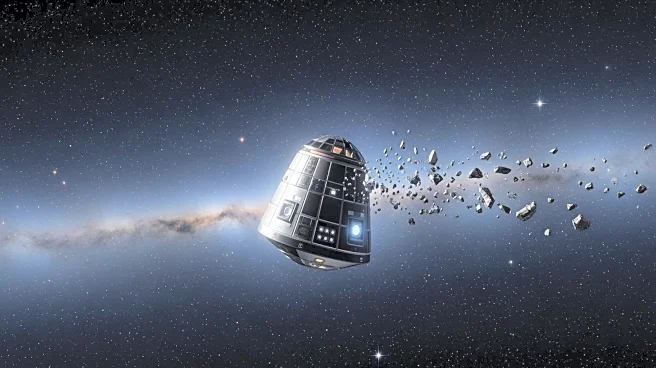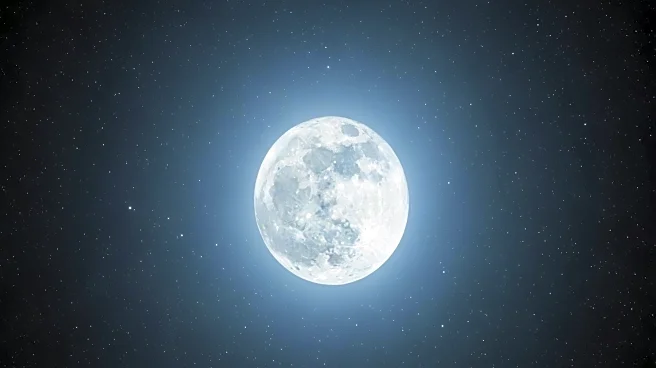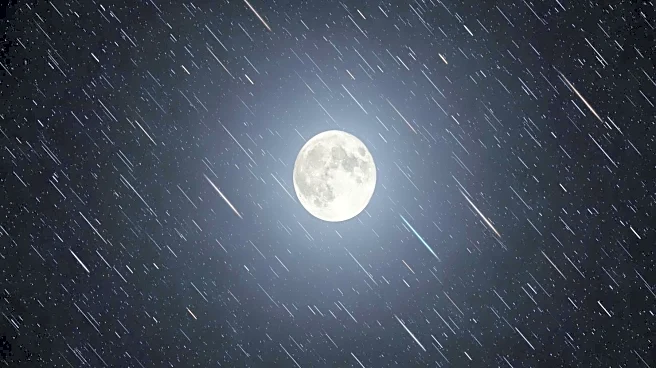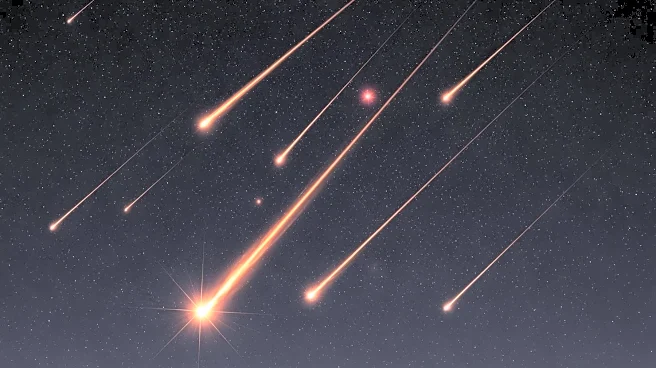What's Happening?
Japanese astronomer Daichi Fujii has captured two bright flashes of light on the Moon, occurring on October 30 and November 1. These flashes are believed to be the result of high-speed collisions between
space objects and the lunar surface. The lack of an atmosphere on the Moon allows these objects to impact at speeds of around 60,000 mph, creating visible fireballs. Fujii, who has documented approximately 60 such impacts over 14 years, aims to engage the public with these scientific phenomena. The observations were made using telescopes from the Hiratsuka City Museum in Japan.
Why It's Important?
The study of lunar impacts provides valuable insights into the Moon's surface and its ongoing changes. Understanding these collisions can help scientists learn more about the history and evolution of the Moon, as well as the dynamics of space debris. The ability to observe such events from Earth highlights the advancements in astronomical technology and the importance of continuous monitoring of celestial bodies. These findings can also contribute to future lunar exploration missions and the development of strategies to mitigate the impact of space debris on satellites and other space infrastructure.
Beyond the Headlines
The capture of these lunar flashes also raises questions about the potential risks posed by space debris to both lunar and Earth-based operations. As space exploration and satellite deployment increase, understanding the behavior and impact of space debris becomes increasingly critical. This event underscores the need for international collaboration in space monitoring and debris management to ensure the safety and sustainability of space activities.
